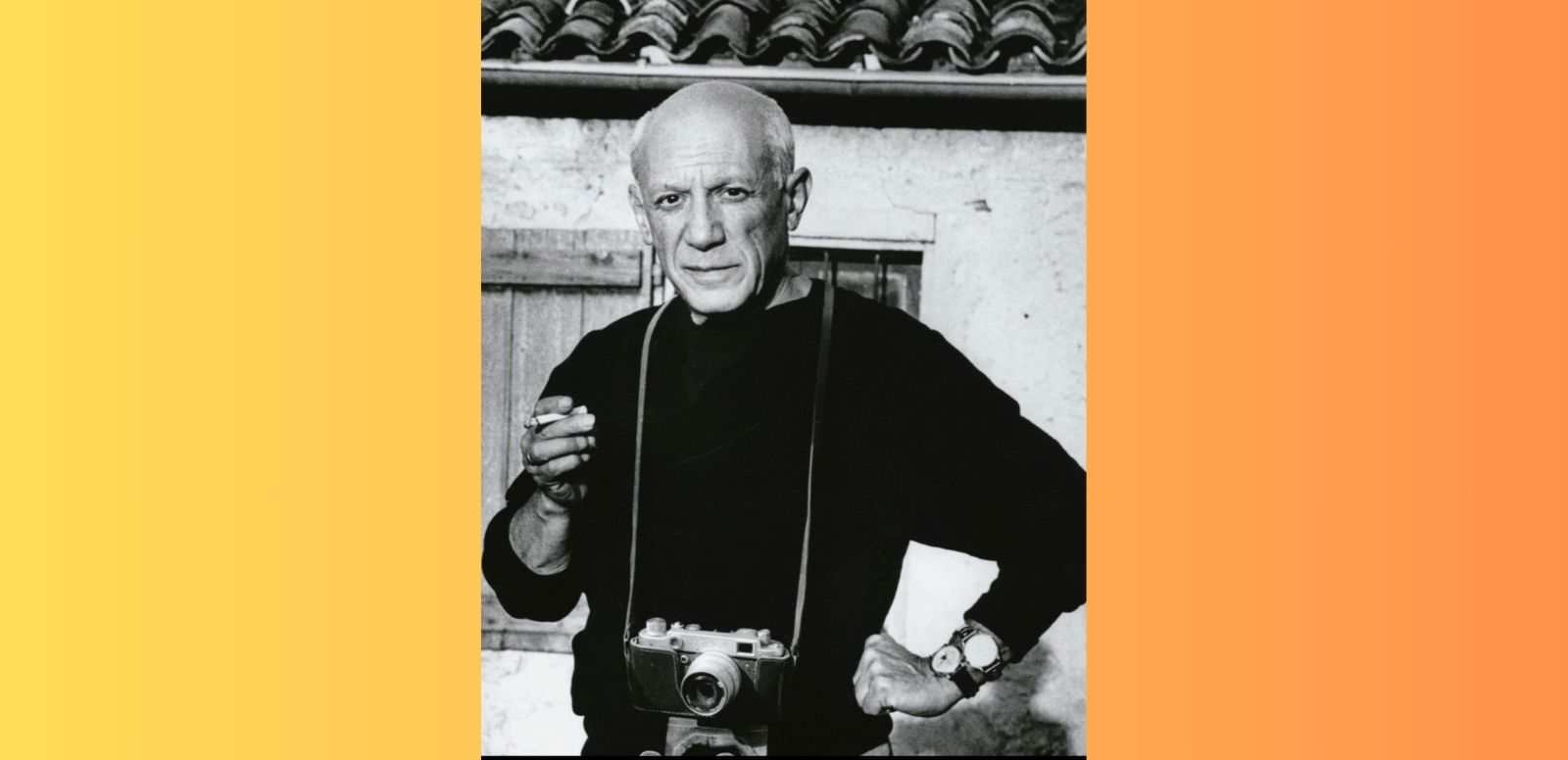
© André Villers, VEGAP, Barcelona, 2024
Ricard Canals, Retrato de Pablo Picasso, 1926, Museu Nacional d'Art de Catalunya.
© Museu Nacional d'Art de Catalunya, Barcelona, 2023
Coinciding with the anniversary of the death of the brilliant artist, La 2 premieres this Monday, April 8 'The Spanish Picasso', a documentary for RTVE that travels through the main Spanish cities that marked his development as an artist in his early years, rescuing episodes unknown to the audience and putting in value the lesser known stage of his life.
A journey that will answer many questions about these years: What was Picasso's Spain like? How did the Spanish cities of Malaga, A Coruña, Barcelona or Madrid influence him? What role did his family environment play? Why did he not sell any work in Spain during his lifetime? How did he become the most influential painter in the world? Why is Picasso Picasso Picasso?
The documentary has been filmed in Malaga, A Coruña, Barcelona, Madrid and Horta de Sant Joan. It has the participation of 13 experts and the narration of the actor Fernando Cayo, and recovers the original voice of Pablo Ruiz Picasso through Artificial Intelligence, so that it is the painter himself who addresses, at times, to the viewer.
It has an important documentary archive of the time, with images from RTVE, the Filmoteca Nacional and the PCE archive. Among these archives, the arrival in Spain in 1981 of 'Guernica', the most influential work of the twentieth century, stands out.
The documentary' focuses on the painter's links with the main Spanish cities and municipalities that marked his development as an artist in his early years, without forgetting his retirement in Horta de Sant Joan, where he went to recover from scarlet fever with his faithful friend Manuel Pallarés.
A visit to the places where Picasso established himself as an artist, emblematic spaces that shaped his early influences. In addition, you will discover the places that today keep the painter's memory alive in Spain, such as the Picasso Museum in Malaga, the Reina Sofia Museum in Madrid or the Museu Picasso in Barcelona. We will also see the different houses where he lived, which are still preserved in perfect condition and serve as small museums to understand his life. In this way we can see the little soldiers with which he played as a child or the first school where he studied.

